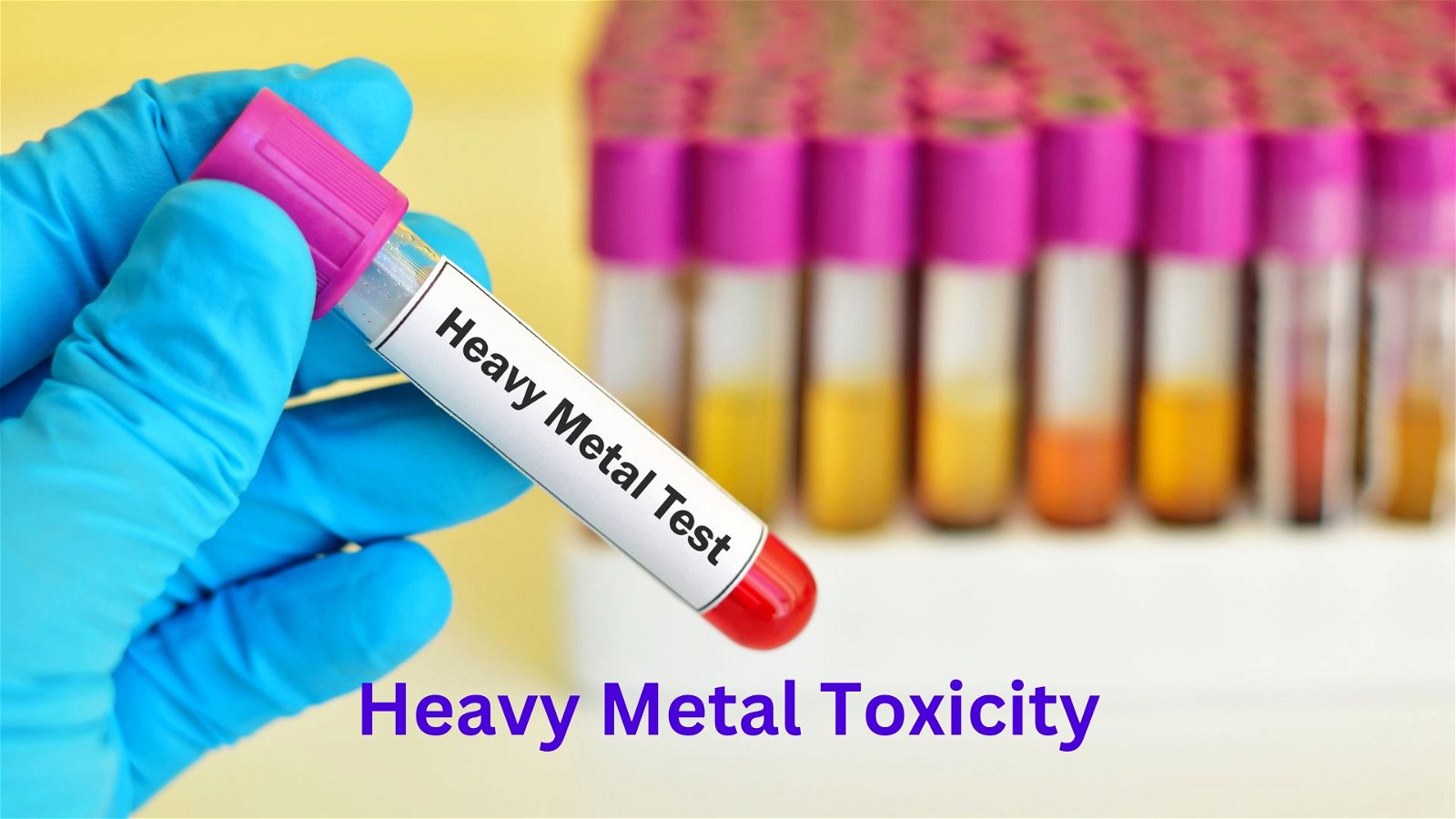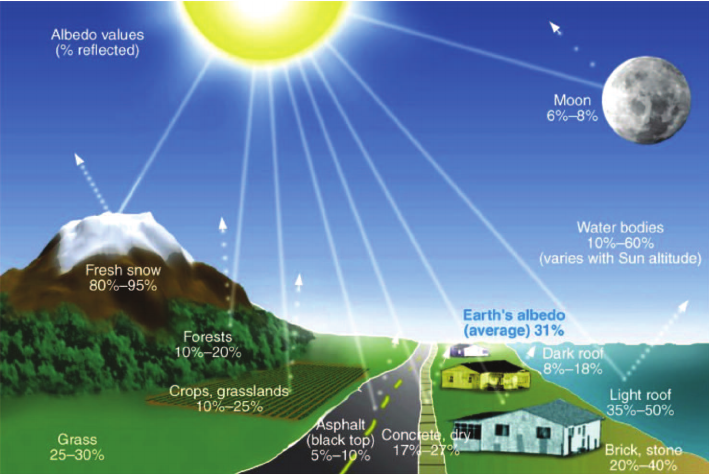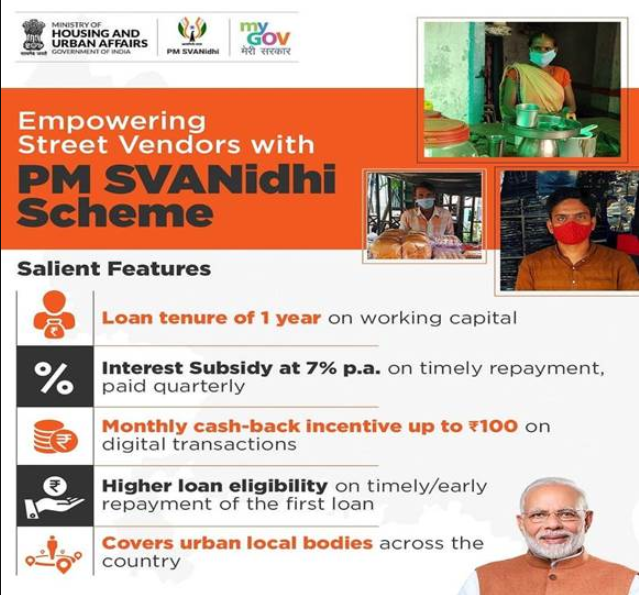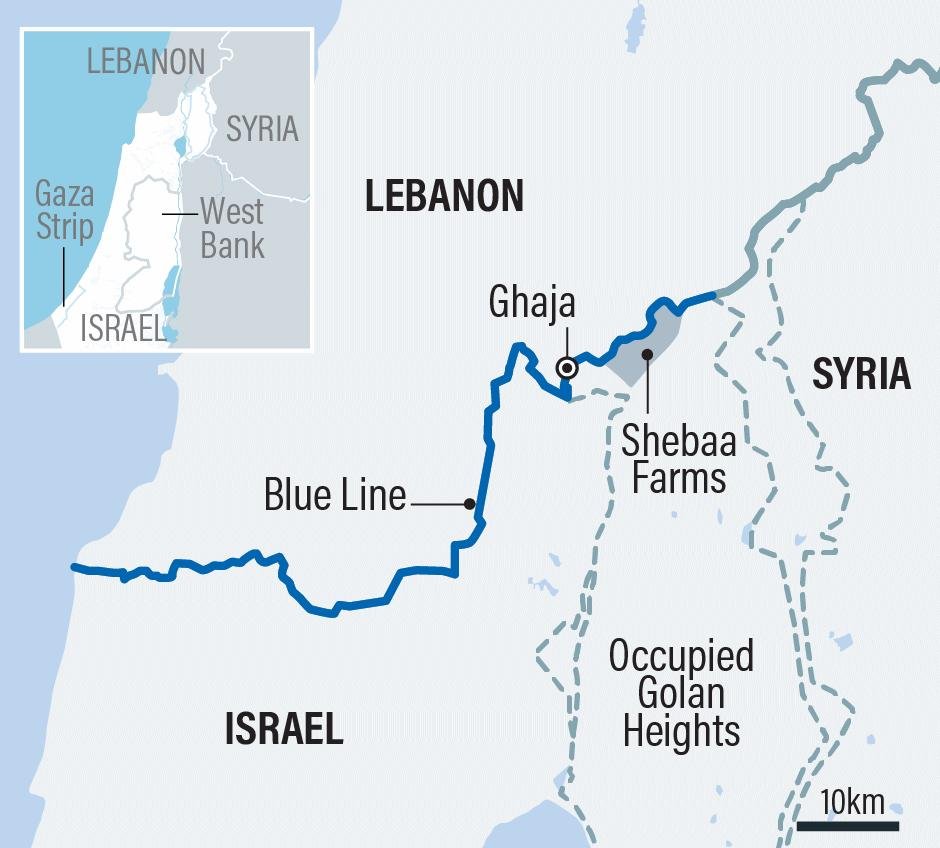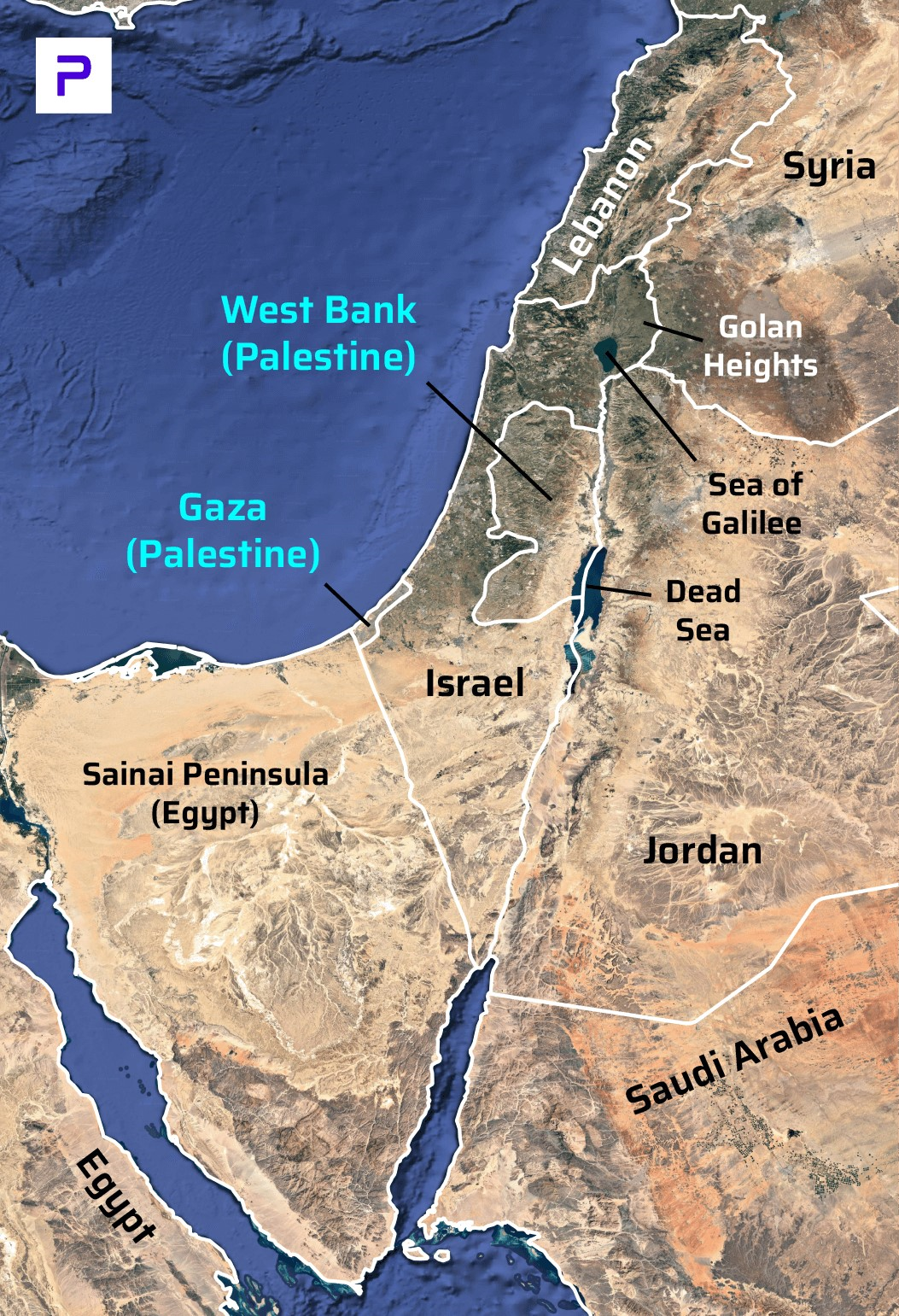
Current Affairs October 13, 2023: White Phosphorous, Right to information Act, GI Tag for Goan Cashew, Global Hunger Index 2023
Subscribers of "Current Affairs" course can Download Daily Current Affairs in PDF/DOC
Subscribe to Never Miss an Important Update! Assured Discounts on New Products!
Must Join PMF IAS Telegram Channel & PMF IAS History Telegram Channel
{GS2 – Health – Issues} Global Hunger Index 2023
- Context (IE I TH): India ranks 111th out of 125 countries in the Global Hunger Index (GHI) 2023, a drop from its 107th position among 121 countries in 2022.
- The country reports the highest child-wasting rate at 18.7%.
- With a GHI score of 28.7, India’s hunger level is serious.
- The global GHI score for 2023 is 18.3, considered slightly improved from the 2015 score of 19.1.
- Neighboring countries such as Pakistan (102nd), Bangladesh (81st), Nepal (69th), and Sri Lanka (60th) have better rankings than India.
- South Asia and Africa (South of the Sahara) report the highest hunger levels.
Global Hunger Report

- Global Hunger Report is an annual report jointly published by Concern Worldwide and Welthungerhilfe (NGOs from Ireland and Germany, respectively).
- GHI scores are based on the values of four indicators (Equally weighted):
- Undernourishment
- Child stunting
- Child wasting
- Child mortality
- The GHI scores range between 0 and 100, with higher scores indicating more hunger.
|
Issues
- The index suffers from severe methodological issues.
- Three of the four indicators used to calculate the index are related to children’s health and cannot represent the entire population.
- The fourth indicator, which is the estimate of the Proportion of Undernourished (PoU), is based on an opinion poll conducted on a very small sample size.
Discrepancy in Child-Wasting Data
- The Ministry of Women and Child Development (MoWCD) has criticised the GHI, calling it a flawed measure of hunger that doesn’t reflect India’s true position.
- MoWCD claims that data from its Poshan Tracker portal shows a child-wasting prevalence of 7.2% among 7.24 crore under-five-year-olds, contrasting with the GHI’s figure of 18.7%.
Dispute Over Undernourishment Data
- MoWCD also objected to the alleged use of a telephone-based opinion poll to calculate undernourishment, one of the indicators used in GHI.
- However, the GHI maintains that it doesn’t use such a poll but relies on India’s Food Balance Sheet data to calculate undernourishment.
{GS2 – IR – Groupings} P20 Summit
- Context (TH): The G20 Parliamentary Speakers’ Summit (P20 Summit) is being hosted by the Parliament of India on 13-14 October 2023 in New Delhi.
- This is the 9th P20 summit since its inception in 2010 (Canada).
- The theme of the P20 Summit is “One Earth, One Family, One Future.”
- Representatives from G20 and other invited countries will discuss key global issues.
- There will be four high-level sessions during the P20 Summit:
- Agenda 2030 for Sustainable Development Goals (SDGs)
- Sustainable Energy Transition
- Mainstreaming Gender Equality
- Transformation in people’s lives through Public Digital Platforms
Inclusion of P20 in G20
- G20 initially focused on broad macroeconomic issues but later expanded its agenda to include trade, climate change, sustainable development, etc.
- For more inclusivity, the G20 facilitates dialogue among relevant stakeholders through engagement groups. Parliaments are one of these engagement groups.
- The involvement of the parliamentary community in G20 discussions began with a series of informal Parliamentary Speakers’ Consultations, launched first by Canada in 2010.
Objectives
- The P20 Summit aims to bring a parliamentary dimension to global governance, raise awareness, and build political support for international commitments.
- It also promotes inter-parliamentary cooperation and enhances engagement between governments, parliaments, and other stakeholders in implementing various G20 outcomes.
{GS2 – IR – Laws} Laws to Regulate White Phosphorous
- Context (TQ | WION | REUTERS): Israel is being accused of using white phosphorus munitions during its military operations in Gaza and Lebanon.
- White phosphorus is a waxy, yellowish-to-clear chemical with a pungent, garlic-like odour.
- It does not occur naturally as it is manufactured using phosphate rocks.
- It is a highly combustible chemical that burns spontaneously when it comes in contact with oxygen.
- It is used in incendiary weapons by militaries around the world.
- It is also used by the militaries worldwide as a smoke agent.
- It is also used in fertilisers, pesticides, fireworks, food additives, and cleaning compounds.
Incendiary Weapons
|
Protocol III of Convention on the Prohibition of Use of Certain Conventional Weapons
- White phosphorous weapons are considered incendiary weapons under Protocol III of the UN Convention on the Prohibition of Use of Certain Conventional Weapons (CCW).
- Protocol III of the CCW (or Incendiary Weapons Protocol) prohibits:
- Use of incendiary weapon against civilian population.
- Use of air-delivered incendiary weapons against military targets within a concentration of civilians.
- Use incendiary weapons to attack forests or plant cover unless it conceals combatants.
Drawbacks of Protocol III of the CCW (or Incendiary Weapons Protocol)
- No blanket ban on incendiary weapons often leads to misuse and targeting of civilians.
- The prohibitions apply only to weapons “primarily designed” to set fires or cause burns. It excludes multipurpose munitions (like white phosphorous).
|
- The distinction between air-dropped and ground-launched incendiary weapons is arbitrary, as both cause similar harm and have been used in recent conflicts.

Convention on the Prohibition of Use of Certain Conventional Weapons (CCW)
|
Convention on the Prohibition of the Development, Production, Stockpiling and Use of Chemical Weapons and on their Destruction (CWC)
- Convention on Chemical Weapons (CWC) is an international treaty that prohibits the development, production, stockpiling, transfer, and use of chemical weapons.
- It also requires the destruction of all existing chemical weapons and production facilities.
- It was adopted in 1992 and entered into force in 1997.
- As of 2023, 193 states have ratified the Convention.
- Organisation for the Prohibition of Chemical Weapons (The Hague, Netherlands) implements it.
Drawback of Convention on Chemical Weapons (CWC)
- It has not listed white phosphorus in any of the three Schedules of Chemical Weapons.
{GS2 – MoCI – Schemes} PLI Scheme for White Goods
- Context (NIE I TOI): The Production Linked Incentive (PLI) Scheme for White Goods, approved in 2021, for ease of doing business and a comprehensive component ecosystem for the White Goods Industry, integrating it into global supply chains.
- The scheme was notified by the Department for Promotion of Industry and Internal Trade (Ministry of Commerce & Industry) and will run from FY 2021-22 to FY 2028-29.
|
{GS2 – MoE – Schemes} Passport to Earning (P2E)
- Context (PIB | ET): UNICEF organised an online event celebrating the milestone of one million certifications for their Passport to Earning (P2E) program.
- The Passport to Earning (P2E) program is a Public-Private-Youth Partnership (PPYP) that aligns with the National Education Policy (NEP) 2020.
- It was launched in 2022 under the Ministry of Education (MoE).
- It is designed to help young individuals acquire the necessary skills for the workforce, making the transition from education to employment smoother.
- It focuses on providing free access to certificate courses in:
- Digital Productivity
- Financial literacy
- Employability skills
- Other job-ready skills
Features
- Learning Models: It provides provisions for online, hybrid, and offline learning models to accommodate diverse learning preferences.
- Employment Opportunities: It aims to connect these young individuals to:
- Job opportunities
- Self-employment and entrepreneurship
- Promoting financial independence
- Long-Term Goal: To provide sustainable skilling to five million youth aged 14-29 in India by 2024.
United Nations Children’s Fund (UNICEF)
|
{GS2 – MoHFW – Initiative} Intensified Mission Indradhanush 5.0
- Context (PIB): Intensified Mission Indradhanush 5.0 will conclude it three rounds by October, 2023.
Mission Indradhanush (MI)
- MI was launched by the Ministry of Health and Family Welfare (MoHFW) in 2014.
- It is a special catch-up campaign under the Universal Immunisation Programme (UIP).
- Objective: To vaccinate all children and pregnant women left out from Routine Immunisation.
- Focus: Areas of low immunisation coverage.
Universal Immunisation Programme (UIP)
History of UIP
|
Intensified Mission Indradhanush 5.0 (IMI 5.0)
- In IMI 5.0, the campaign is conducted nationwide for the first time, covering all districts and including children up to 5 years of age.
- In all previous MI campaigns, children up to 2 years of age were included.
- Special focus:
- Improve Measles and Rubella vaccination coverage with the aim to eliminate them by 2023
- Use of U-WIN digital platform for Routine Immunization in pilot mode
Measles
- Measles is a highly contagious infectious disease caused by measles virus.
- Transmission: Airborne disease.
- Target population: Moslty children under 5 years of age, but it can affect people of all ages.
- Symptoms: It infects the respiratory tract; common symptoms are fever, cough, & inflamed eyes.
- Treatment: There is no specific treatment.
- Prevention: It can be effectively prevented by vaccination.
Rubella
- Also known as German measles or three-day measles, it is a contagious infectious disease caused by the rubella virus.
- Transmission: Airborne disease.
- Target population: Children and adults.
- Symptoms: Rash, fever, and sore throat.
- Risk: The disease is generally mild. However, infection during early pregnancy may result in miscarriage or a child born with congenital rubella syndrome (CRS).
- Treatment: There is no specific treatment.
- Prevention: It can be effectively prevented by vaccination.
{GS2 – Polity – IC – FRs} Right to Information & Information Commissions (ICs)
- Context (TH I DH): The number of unresolved appeals/complaints of Information Commissions (ICs) in India has reached over 3 lakh as of June 30, 2022.
- Maharashtra leads with the most pending appeals at 1,15,524, followed by Karnataka with 41,047. Tamil Nadu did not share this data.
- Defunct Commissions: The IC of Jharkhand, Telangana, Mizoram and Tripura are currently non-functional due to the lack of appointed Information Commissioners.
- Headless Commissions: The Central IC (CIC) and the State IC (SIC) of Manipur, Chhattisgarh, Maharashtra, Bihar, and Punjab operate without a head.

Right to Information Act 2005
- The Right to Information (RTI) Act 2005 is rooted in Article 19 (Freedom of Speech and Expression), empowering citizens by promoting government transparency and accountability.
- The Act originated from the “Shourie Committee” report and RTI movement by the Mazdoor Kisan Shakti Sangthan.
Time Limits For RTI Queries
| Nature of Request | Time Limit |
| The request has been made to the Public Information Officer (PIO) | 30 days |
| If the application has to be made to an APIO, | 35 days |
| If the PIO transfers to another public authority, the information required | 30 days |
| Information on corruption and Human Rights Violations by scheduled security agencies (but prior to approval of the Central Information Commission). | 45 days |
| If the life or liberty of any individual is involved, the PIO has to reply within | 48 hours |
| Transfer of application to other public authority under Section 6(3) of the Act | 5 days |
Time Gap For Appeal
- Time gap for 1st appeal: Within 30 days since the information supply limit has expired.
- Time period for Appellate Authority: Within 30 days or, in exceptional cases, 45 days.
- Maximum time gap for 2nd appeal: is 90 days since the information supply limit has expired.
- CIC/SIC – No time limit for disposal.
For more info on RTI: {GS2 – Polity – IC – FRs} RTI Act PMFIAS CA September 2023
Central Information Commission (CIC) and State Information Commissions (SICs)
- The CIC and SICs are statutory bodies established under sections 12 and 15 of the RTI Act, 2005.
Powers And Functions Of CIC And SIC (ICs)
- Inquiry of Complaints (Section 18): The ICs must investigate complaints received from any individual regarding information requested under the RTI Act, 2005.
- Second Appeal Adjudication (Section 19): They are responsible for ruling on the second appeal for providing information.
- Penalty Imposition (Section 20): If the central or state-level PIO fails to perform their duty without reasonable cause, the ICs can impose penalties.
- Access to Public Records: ICs can request any records under a public authority’s control.
- Suo-moto Power: They can inquire into any matter with reasonable grounds. During such inquiries, they possess the powers of a civil court regarding summoning and requiring documents.
- Compliance Assurance: The ICs can ensure compliance of their decisions from the public authority.
- Annual Report Submission: The CIC and SIC submit an annual report to the Central Government and State Government, then present before the Parliament and State Legislature, respectively.
Key Features of The CIC And SIC
Composition
- The CIC is composed of a Chief Information Commissioner and up to ten Information Commissioners, SIC is similarly structured.
Appointment
- The President of India appoints the Central Information Commissioner based on the recommendation of a committee. This committee consists of:
- The Prime Minister serves as the committee’s Chairperson.
- The Leader of Opposition in the Lok Sabha.
- A Union Cabinet Minister whom the Prime Minister nominates.
- The Governor appoints the State Information Commissioner based on the recommendation of a committee. This committee consists of:
- The Chief Minister serves as the committee’s Chairperson.
- The Leader of Opposition in the Legislative Assembly.
- A State Cabinet Minister who the Chief Minister nominates.
Eligibility
- Members of both commissions should be eminent individuals with extensive knowledge and experience in law, social service, management, journalism, etc.
- They should not be a Member of Parliament or Legislature, hold any other office of profit, be connected with any political party, carry on any business, or pursue any profession.
Reappointment
- The Chief Information Commissioner is not eligible for reappointment.
- However, an Information Commissioner can be appointed as the Chief Information Commissioner but their total term in office should not exceed five years.
Removal
- Members can be removed by the President (for CIC) or Governor (for SIC) under:
- Insolvency or conviction for an offence involving moral turpitude,
- Engagement in paid employment outside their office duties or
- Being declared unfit due to infirmity of mind or body.
- removed on the grounds of proven misbehaviour or incapacity after an inquiry by SC.
Jurisdiction
- The CIC has jurisdiction over all Central Public Authorities, while the SIC has jurisdiction over all State Public Authorities.
RTI Amendments Act 2019 changes to the CIC and SIC
- Term: The tenure of the Chief Information Commissioner and Information Commissioner at both the central and state levels will now be determined by the Central Government or until they reach 65, whichever comes first.
- Salary, Allowances, and Service Conditions: The Central Government will now prescribe the salary, allowances, and other service conditions for the Chief Information Commissioner and Information Commissioner at the central and state levels.
Challenges Associated With The CIC And SIC
- Transparency Issues: The CIC and SIC’s selection criteria and operational methods lack sufficient transparency. Generally appointing bureaucrats as commissioners.
- Poor Record Management: Inefficient systems and procedures for gathering information from field offices result in delays in processing RTI applications.
- Vacancies: Untimely filling of vacancies in the CIC leads to a backlog of cases.
- Lack of Capacity Building: PIOs often lack the necessary knowledge of the RTI Act to process applications, leading to delays efficiently.
- Delays in Disposal: The RTI Act doesn’t specify a time limit for disposing of a Second Appeal to the CIC, resulting in inefficiencies.
- Poor Quality: PIOs often give low-quality information that doesn’t satisfy the information seeker.
- Low Public Awareness: Particularly among lower strata of society, awareness about the RTI is limited.
Way Forward
- As Thomas Jefferson once said, “Information is the currency of democracy”. The Information Commission plays a pivotal role as the guardian of this currency. It ensures that the flow of information, the lifeblood of a vibrant democracy, is not impeded.
{GS2 – Polity – IC – Justice} Remission of Sentence
- Context (TH): The SC will decide if the Gujarat government followed due process when releasing the eleven men convicted of gang rape in the Bilkis Bano case.
- In August 2022, the Gujarat government granted remission and prematurely released eleven convicts in a case relating to the gangrape of Bilkis Bano.
Background
- Bilkis Bano is a gangrape survivor of the 2002 Gujarat riots. The SC transferred the investigation into her case to the CBI and the case to Mumbai to facilitate a free and fair trial.
- Eleven men were convicted by the special CBI court and sentenced to life. Bombay HC confirmed their life terms in 2017.
- One of the convicts approached the SC seeking a remission of his sentence. He claimed that the Gujarat Government had an obligation to consider his early release as per the state’s 1992 remission policy.
- The State of Gujarat opposed the petition, claiming the Bombay HC convicted him. Hence, the Maharashtra government should make any decisions regarding remission.
- In 2022, SC directed the Gujarat govt to consider his remission application as per the 1992 policy.
- On August 15, 2022, the Gujarat government accepted the remission applications for all eleven convicts and released them.
- The Gujarat government stated they were granted early release per the 1992 policy, citing convicts ‘good conduct’ while imprisoned.
- Bilkis Bano and others challenged the Gujarat government’s decision.
- They claimed that:
- Each application has to be considered separately instead of releasing all eleven convicts ‘en masse’.
- The Gujarat government should have consulted the Union before remitting the convicts’ sentences as they were convicted by a CBI Special Court, which is a central agency.
- The crimes were so heinous that no ‘right-thinking’ public authority could grant remission.
|
|
Legal Provisions
- The State has the power to suspend, remit, or commute the sentences of convicts under the IC and the Code of Criminal Procedure (CrPC).
- Articles 72 and 161 of IC give the President and the Governor, respectively, the power to grant pardons, reprieves, respites, or remissions of punishment.
- CrPC provides for sentence suspension, remission, and commutation and sets out the procedures.
- Sections 432 to 435 of CrPC outline sentence suspension, remission, and commutation procedures.
- Section 432 grants the government power to suspend or remit sentences.
- Section 432(7) says the appropriate government will be “the State within which the offender is sentenced.
- Section 433 deals with the power to commute sentences.
- Section 433A mandates remittance only after 14 years of imprisonment.
- Section 434 allows the Central Government to exercise powers to suspend or remit sentences in cases of death sentences.
- Section 435 states that State Governments should consult the Central Government when dealing with cases under specific circumstances involving:
- Central Bureau of Investigation
- Central government personnel
- Damage to property belonging to the Central Government.
- The SC has also ruled that ‘consultation‘ under Section 435 means ‘concurrence‘.
Clemency
Pardon
Remission
Commutation
Reprieve
Life imprisonment
|
Case Laws
- The SC in the Kehar Singh v. Union of India, 1981 case declared that the President’s pardon is an act of grace and cannot be asserted as a matter of right.
- In the Mahender Singh case, the SC stated that:
- The State Government must review a petitioner’s application according to the policy at the time of conviction.
- The state where the crime occurred should consider the application, not the state where the trial ended due to exceptional circumstances.
Way Forward
- Granting remission to certain prisoners is a good way to inculcate prison system reforms.
- But, showing compassion towards convicts without considering the victims of crime and misusing acts of mercy are genuine issues.
- The SC or the Central Government must consult all the stakeholders and formulate uniform guidelines that consider the interests of victims and convicts alike.
- The government, while formulating the remission policy, should consider the following points:
- Crime’s impact on society
- Recurrence chances
- Convict’s potential for future offences
- Post-conviction conduct, including education, volunteerism, work, conduct in jail, social initiatives, and personal growth.
- To determine these factors, the Government may avail the assistance of a report formulated by a trained psychologist following interactions with the convict.
{GS2 – Vulnerable Sections – Women} Price of Unwanted Hysterectomy
- Context (IE): Women sugarcane workers in Beed (Maharashtra) are suffering side-effects of unwanted hysterectomy (surgical removal of the uterus).
- The rate of hysterectomies in Beed stood at 36% as against around 3% nationally.
Reasons Behind High Number Hysterectomies in Beed
- Hysterectomies are usually advised as a last resort to treat fibroids, cancer, endometriosis, uterine prolapse, or abnormal vaginal bleeding.
- But in Beed, it is not the medical conditions but the poor living conditions that are driving the women folk to get unwanted hysterectomies.
- Around 70% of Beed’s population relies on sugarcane factories for their livelihoods.
- Many also migrate annually to western Maharashtra and Karnataka to work in sugarcane factories.
- The female sugarcane workers has to face the problems of:
- Poor access to toilets and drinking water
- Poor mensural hygiene
- Long working hours and no weekly leaves
- This results in recurrent urinary tract infections (UTIs) which leads to loss of daily wages and fines due to missing of work.
- All this drove the women to opt for a permanent solution, that is, hysterectomy.
- Malign medical practitioners use the helpless situation of these women and are conducting unnecessary hysterectomies.
Issues With the Unwanted Hysterectomies
- Post surgical complications: As women often return to the factories within days of the surgery.
- Health issues: Body aches, mood swings, thyroid imbalance, bleeding, etc.
- Financial burden: Families have to bear the burden of treatment of health issues arising after surgery.
{GS3 – S&T – IPR – GI} Geographical Indication (GI) Tag
- Context (IE): Goan cashew (kernel) got the geographical indication (GI) tag.
- Geographical Indication (GI) is a name or sign used on certain products corresponding to a specific geographical location or origin. It is a type of intellectual property right (IPR).
- It is protected by the WTO’s Agreement on Trade-Related Aspects of IPRS (TRIPS) and the Geneva Act of the Lisbon Agreement on Appellations of Origin and Geographical Indications.
- Countries have their own frameworks for registering and protecting GI tags.
GI Tag in India
- India, as a World Trade Organization (WTO) member, enacted the Geographical Indications of Goods (Registration and Protection) Act,1999.
- It is a part of the IPR under the Paris Convention for the Protection of Industrial Property.
- Darjeeling tea became the first GI-tagged product in India in 2004–2005.
Registration
- The Geographical Indication Registry (Chennai) issues these tags under the Department of Industry Promotion and Internal Trade, Ministry of Commerce and Industry.
- GIs can be registered for various products, including agricultural products, food products, handicrafts, and manufactured goods.
- GI Tag is valid for ten years and can be renewed.
Benefits/Significance of GI Tag
- The GI tag ensures that none other than those registered as authorised users (or at least those residing inside the geographic territory) are allowed to use the popular product name.
- GIs can help to protect traditional products from being counterfeited or imitated.
- They can also help promote local economies by ensuring consumers know the product’s origin.
Goan cashew (kernel)
- GI tag was given to the Goan cashew (kernel), which is organic, unique, and sweeter in taste.
- The cashew, originally from northeast Brazil, was brought to Goa by the Portuguese in 1570.
- Initially used for afforestation and soil conservation, its economic value was discovered by Goan prisoners in Africa during the mid-18th century.
- The first cashew factory in Goa began in 1926, and by 1961, cashew processing made up 60% of Goa’s industrial production.
Why the GI Tag for Goan Cashew is Applied
- The Goan cashew tastes better and has a unique flavour.
- But the influx of cheaper cashews has harmed the Goan cashew processing industry.
- So, the Goa Cashew Manufacturers’ Association applied for the GI tag for Goan cashew.
- Now, Goan cashews will now have a GI logo, and traders must register to use it.

Requirements for growing cashew crops
Significance of Cashew crop in India
|
Recent GI Recongnition
Jaderi Namakatti – Tamil Nadu
- Jaderi namakatti are white, smooth-textured clay sticks, usually shaped like fingers.
- They adorn the foreheads of idols, men, and temple elephants.
- Jaderi is a small village in the Tiruvannamalai district of Tamil Nadu.
- Around 120 families in Cheyyar taluk have made namakatti for centuries.

Chedibutta Saree – Tamil Nadu
- Chedibutta Saree, a handloom saree from Tamil Nadu, known for its Chedibutta design in art silk and cotton mix fabric, had gotten the GI Tag.
- The ‘Chedibutta’ combines Tamil words ‘Chedi’ (plant) and ‘Butta’ (repeated motif or design).
- The saree has the iconic “plant and flower” motif woven on the border and pallu (edge of the saree).
- The primary weavers of the saree are the Sowrashtra community.

Matti Banana – Tamil Nadu
- Matti Banana, a variety native to the Kanniyakumari district, has also gotten the GI tag.
- The fruit is highly fragrant sweet with a sub-acid flavor, firm texture, and powdery nature1.
- The Matti banana fruit’s apex is 2.5 – 3 cm long and looks like the mouth of a crocodile. It is also called the ‘Crocodile Finger Banana ’.

Basohli Pashmina – Jammu and Kashmir
- Basohli Pashmina is a traditional craft from the Kathua district of Jammu and Kashmir, known for its softness, delicacy, lightness, and warmth, awarded a GI tag.
- Pashmina is a hand-spun material celebrated for its softness, fineness, lightness, and warmth.
- It can create various items such as shawls for men and women, mufflers, blankets, and baskets.
- Pashmina wool comes from a mountain goat species called Capra hircus, native to the Changthang Plateau in Tibet and parts of Ladakh.
- The Changpa people of Ladakh, who are nomadic and reside on the Changthang plateau in Tibet, are renowned for producing Pashmina wool.
Atreyapuram Pootharekulu – Andhra Pradesh
- Atreyapuram Pootharekulu is a traditional sweet from Atreyapuram village, situated on the banks of the Godavari River in Andhra Pradesh, awarded a GI tag.
- The name ‘Pootharekulu’ translates to ‘coated sheets’.
- It is created by layering paper-thin sheets of rice flour coated with ghee (clarified butter) and then folded to encase powdered jaggery or sugar dust.

Marcha Rice – Bihar
- Marcha Rice is cultivated in six blocks of West Champaran district, Bihar, awarded a GI tag.
- The cultivation is carried out by a registered group of paddy farmers known as the Marcha Dhan Utpadak Pragatisheel Samuh in the West Champaran district.
- Marcha Rice is an indigenous variety of paddy known for its distinct aroma and taste.





![PMF IAS Environment for UPSC 2022-23 [paperback] PMF IAS [Nov 30, 2021]…](https://pmfias.b-cdn.net/wp-content/uploads/2024/04/pmfiasenvironmentforupsc2022-23paperbackpmfiasnov302021.jpg)


